
Summer Lawn Care
5 Minute Read
Elevate your summer lawn care routine with a comprehensive approach that encompasses nourishment, moss elimination, weed control, precise mowing, and optimal watering.A guide to lawn care in summer
At this time of year, your lawn grows quickly, and with all the preparation work you did in the spring to get it looking good for summer, your attention should now be on maintaining it, keeping your grass lush, green and looking its best.Read the full article for the best practices to ensure a healthy summer lawn:
Feeding
Lawns benefit from regular feeding. With all the energy the grass puts into growing and the stress of being cut (causing nitrogen deficiency), using a lawn fertiliser is necessary for good lawn health. Fertilisers help the grass to grow thick and green and protects it from moss and weeds that thrive on nitrogen-deficient lawns.It is important to choose the right lawn fertiliser, both for the current condition of your lawn and the results you wish to see and the ongoing maintenance you plan to undertake. Some lawn fertilisers are better than others, for example, some contain slow-release ingredients to fertilise steadily over a couple of weeks. Some are formulated for use at specific times of the year, such as Spring and Summer Lawn fertilisers that are designed to feed during the hot mowing season. And some are formulated to tackle problems your grass may be battling, such as moss growth or weeds.
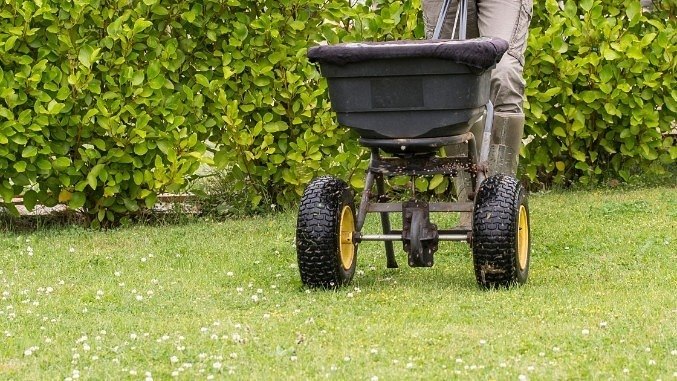
Moss-Killing
Maintaining a healthy strong lawn is the best way to combat moss – because a healthy lawn does not have the conditions required for the moss to grow.Following a spring lawn care routine (such as the article here) is a great way to start the season removing any moss that has grown through the autumn and winter. But don’t worry, to combat it during the summer there are moss control treatments that will kill the moss whilst caring for your grass.
Moss isn’t just unsightly, it is competing against your grass for growing space and if it's stronger then it will win! And when it does die off late in the Summer it will leave bald patches, that will be perfect conditions for it to grow again come a wet Autumn. Moss is not your lawns friend.
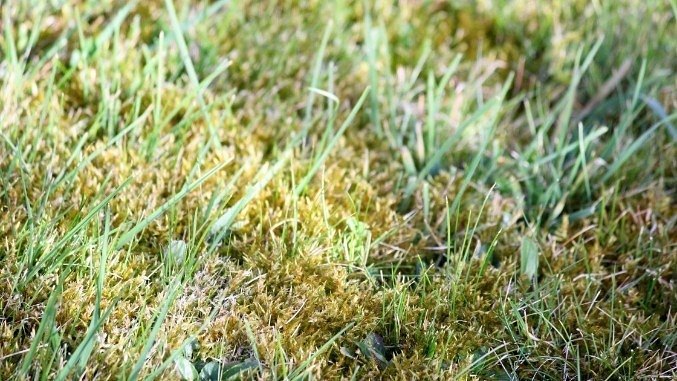
Weeding
The best weed killer is prevention. Maintaining a healthy lawn through the summer and following a spring lawn care guide helps to ensure weeds do not have the growing conditions, to begin with.If you only have a few weeds poking their heads then you’re best off pulling them up by hand, and concentrating on feeding and maintaining your lawn to optimise its health and weed resistance. If there are a few too many to pluck or you can’t stand the sight of them, weed killers for lawns do exist but don’t hastily use them and remember to be sparing when you do.
Your best option is to use a lawn fertiliser that is designed to combat weeds, one that provides your lawn with all the nutrients it needs whilst targeting the pesky weeds - it's hard to believe but these feeds do actually exist and work!
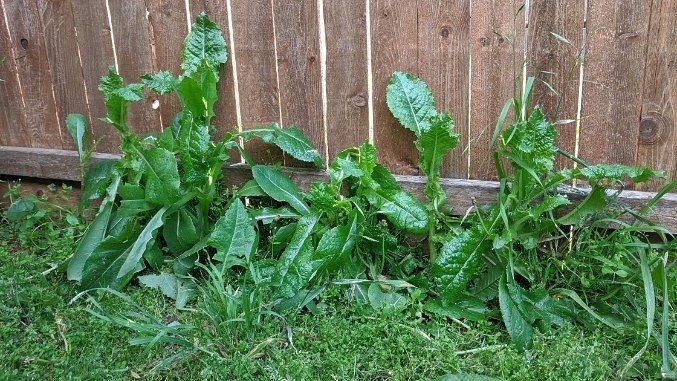
Mowing
Regularly mowing your lawn increases the grass quality helping it grow strong and healthy, reducing the risk of weeds and moss and improving its appearance.In the midst of summer when it is hottest, the lawn actually grows slower than in spring and early summer, so you may then be able to decrease mowing from two cuts down to one. Just remember not to take off more than a third of its length in a cut, so as not to put it under too much stress.
In periods of drought, let the lawn grow a little longer as mowing in heat does cause it more stress, and also a longer lawn will keep much-needed moisture down at the soil where it is needed to soak into the roots instead of evaporating.

Watering
Water is vital for a healthy lawn, and in the summer when it doesn’t rain as much you will need to offer your lawn a drink.How to tell if your lawn needs watering
If you walk across your lawn, do your footprints disappear quickly? If they don’t, then your grass doesn’t have the moisture to perk itself back up.
Colour is also a good indication of thirsty grass, if it’s a dull green then it’s trying to tell you something.
It is best to water in the earlier half of the morning, to give the water time to soak into the soil before it evaporates (before 10 am). If it’s exceptionally thirsty and you need to water twice per day, water again in the early evening (5 pm to 7 pm) to give time for the grass to dry before the sun sets, so the moisture doesn’t sit on the grass overnight causing more risk of disease.
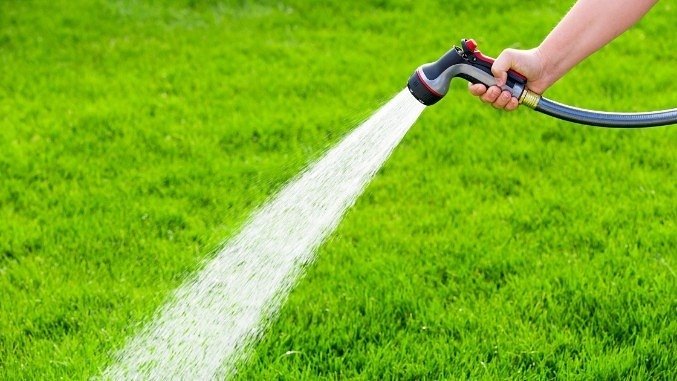
Common lawn issues
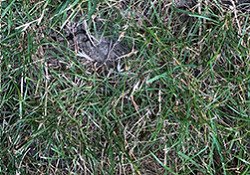
Why does my lawn look unhealthy?
Your lawn could be lacking in vital nutrients and minerals, applying a lawn fertiliser will boost the nutrients and ensure your lawn is happy, healthy and thriving when it needs it the most.
Show me lawn fertilisers

How do I treat lawn moss?
A simple moss-killer and regular lawn maintenance help to keep the lawn healthy and combat moss. Be sure to lightly rake your lawn in the colder months to prepare it for winter. Doing this ensures a lusher, healthier lawn come spring.Show me moss-killers
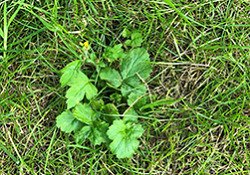
How to get rid of lawn weeds?
Pick them out individually if there is just a couple, or look at a lawn fertiliser that contains a weed-killing ingredient to banish them. make sure to remove the root when pulling weeds or you'll have to continually keep pulling them out.Show me weed killing fertilisers
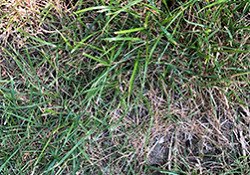
Does my lawn need to be watered?
Just like your plants, lawns need to be watered too, especially during the summer when it's much hotter and drier. Follow the watering instructions in our summer lawn care guide above to help get your lawn hydrated for summer!Show me watering tools
Comments (0)
Why not be the first to send us your thoughts?
Leave A Comment
Most popular articles
1
Plastic plant pots dimensions and uses2
Peat vs Peat Free - Choosing the right Potting Compost3
How to Grow Watercress at home in plant pots4
January Jobs5
March Jobs